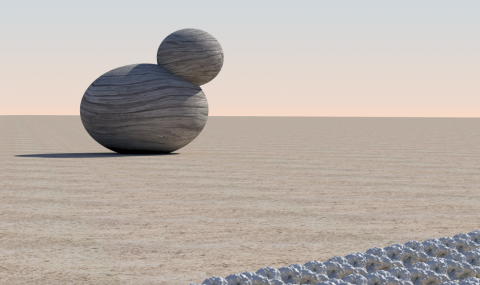Integrative analyses of protein structure
Up to 50% of proteins form homo-oligomers (homodimers, homotrimers, etc.), but this information is often unknown. We develop computational approaches to characterize this quaternary structure information with high-accuracy.







